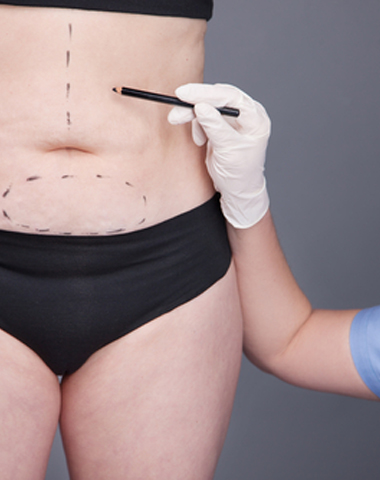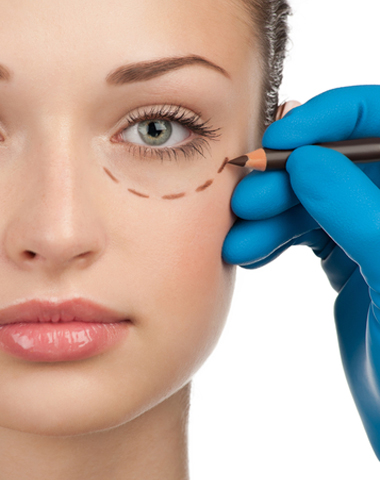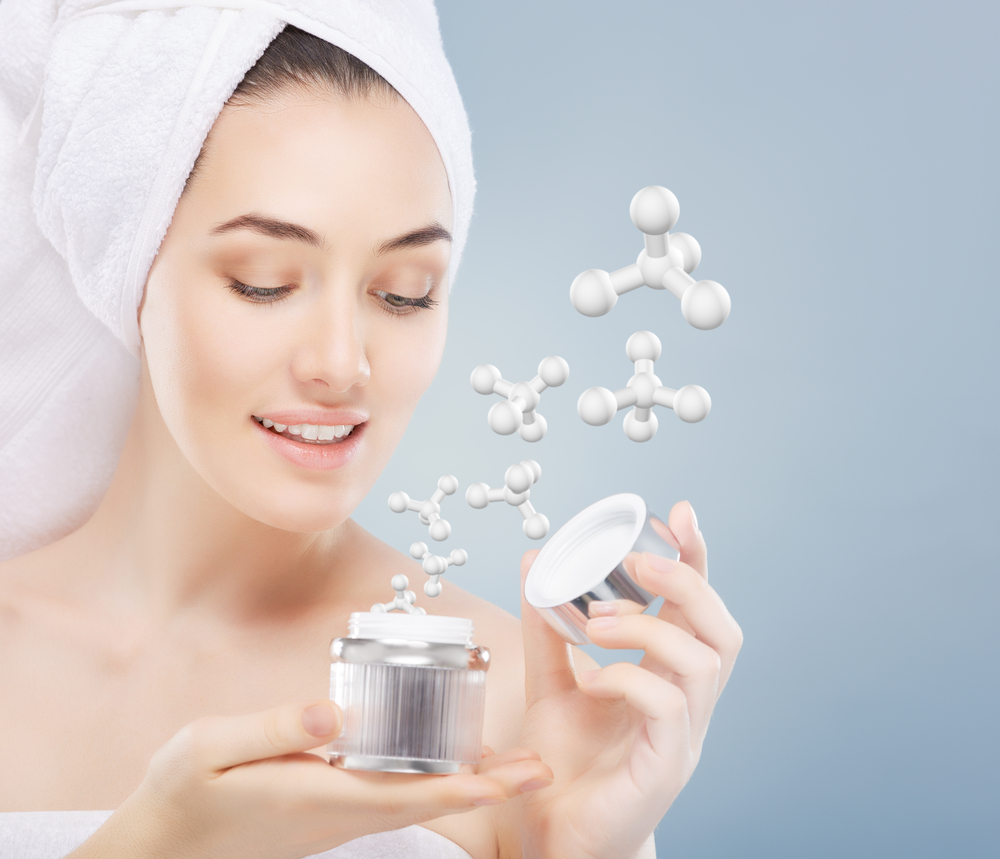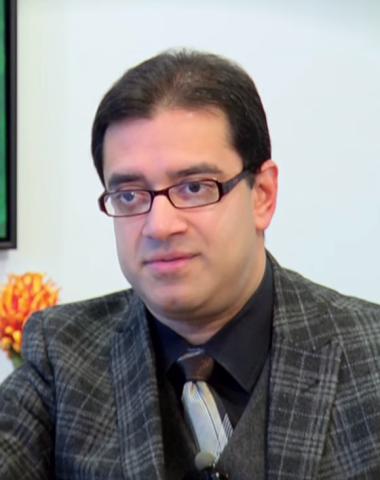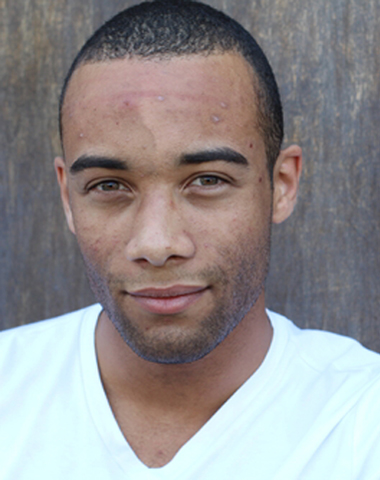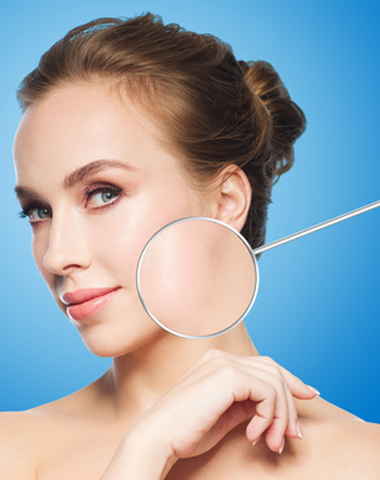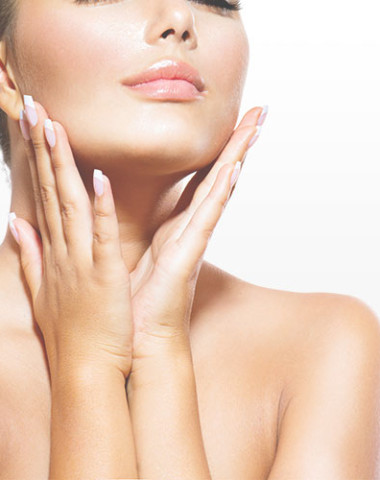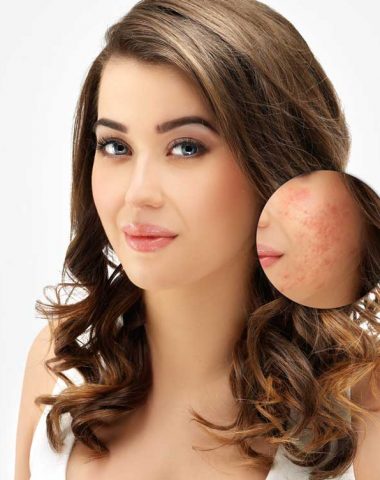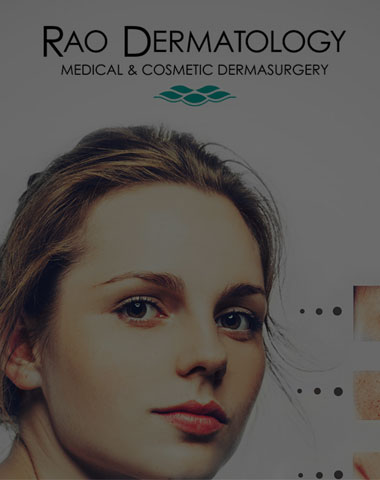 Despite our best efforts, our skin will age. Sometimes our skin is damaged from acne, chicken pocks, or other scars, sometimes it’s damaged from too many summers without sunscreen or too much time in tanning beds, sometimes it’s damaged from smoking or drinking, but whatever the cause, laser skin resurfacing (also known as a laser peel or ablative laser resurfacing) can help.
Despite our best efforts, our skin will age. Sometimes our skin is damaged from acne, chicken pocks, or other scars, sometimes it’s damaged from too many summers without sunscreen or too much time in tanning beds, sometimes it’s damaged from smoking or drinking, but whatever the cause, laser skin resurfacing (also known as a laser peel or ablative laser resurfacing) can help.
A non-invasive, non-surgical treatment, laser skin resurfacing precisely removes skin layer by layer, allowing new skin cells to form which results in a tighter, more youthful appearance. It can reduce wrinkles, eliminate age spots, minimize scarring, and balance skin tone, but there are some key elements to consider when looking into laser skin resurfacing. Here’s what you need to know:
1. It’s Considered Non-invasive, but That’s Not a Guarantee That It Won’t Hurt
Non-invasive means that the body isn’t cut into – it’s not a surgery. And while non-invasive procedures tend to be only mildly uncomfortable, everyone has a different tolerance and threshold for pain. With laser skin resurfacings, it’s usually described as feeling like a rubber band snap against your skin – it stings, but it’s tolerable. The type of laser, location, and depth can also affect how uncomfortable the procedure is. With deeper treatments, we tend to use local anaesthetic or sedation, but more often than not, a topical numbing cream does the trick. Tenderness after the procedure is a given so we may recommend treatment for pain.
2. Not Everyone Is a Good Candidate
The best way to find out if laser skin resurfacing is the right treatment for you is through a consultation with our dermatological team, but there are some issues that may preclude you from treatment. For example, if you’re prone to cold sores or acne, treatment may trigger a flare up. Also, medications and supplements can interfere with the healing process (that includes smoking) and some medications (like aspirin) can increase bleeding after your procedure. Some chronic health conditions can also have a negative impact on results and healing, so be sure to fully disclose your medical history to your doctor. Lastly, be sure to discuss your goals with your dermatologist, laser skin resurfacing isn’t a one-size-fits-all solution for skin problems. For example, it’s not the most effective treatment for stretch marks, deep wrinkles, or sagging skin.
3. Timing is Everything
Laser-treated skin is extremely sensitive to the sun exposure for up to a year after the procedure, so it’s best to go under the laser in the fall and winter months when there is less sunlight and you spend more time inside. And whether or not you receive laser skin resurfacing, it’s always best to wear a broad-spectrum SPF of 30 or higher every day to protect against melanoma and prevent sun damage.
4. It’s a Medical Procedure, Not a Spa Treatment
And with all medical procedures, laser skin resurfacing should be performed by an expert – in this case, a dermatologist. Don’t be lured by deals and brand names, choose a highly-trained and certified professional who has the training, experience, and education to perform laser treatments.
5. Treatments are Customized
Laser skin resurfacing can be done using a variety of lasers that provide different results and treat different issues. Depending on your skin issues, your dermatologist will choose laser treatments specific to your goals, but here are few commonly used lasers:
- CO2 Lasers: Used for deeper skin irregularities like scars, warts, and deep wrinkles.
- Fractional Lasers: Used to precisely treat small areas like age spots and melasma.
- Pulsed-Dye Lasers: Used to treat redness, hyperpigmentation, broken capillaries, and rosacea.
- Erbium Lasers: Used to encourage collagen production and to treat fine lines, skin laxity, and age spots.
As with most cosmetic procedures, one treatment isn’t a lifetime cure-all for your skin ailments. In a lot of cases, one laser treatment can address your concerns, but more often than not, a series of treatments will give you the lasting results you want. Depending on the type of laser you go with (ablative or non-ablative), you can have zero downtime or you may experience some rawness for a few weeks.
Interested in laser treatments to improve your skin? Contact us today for a free consultation.


